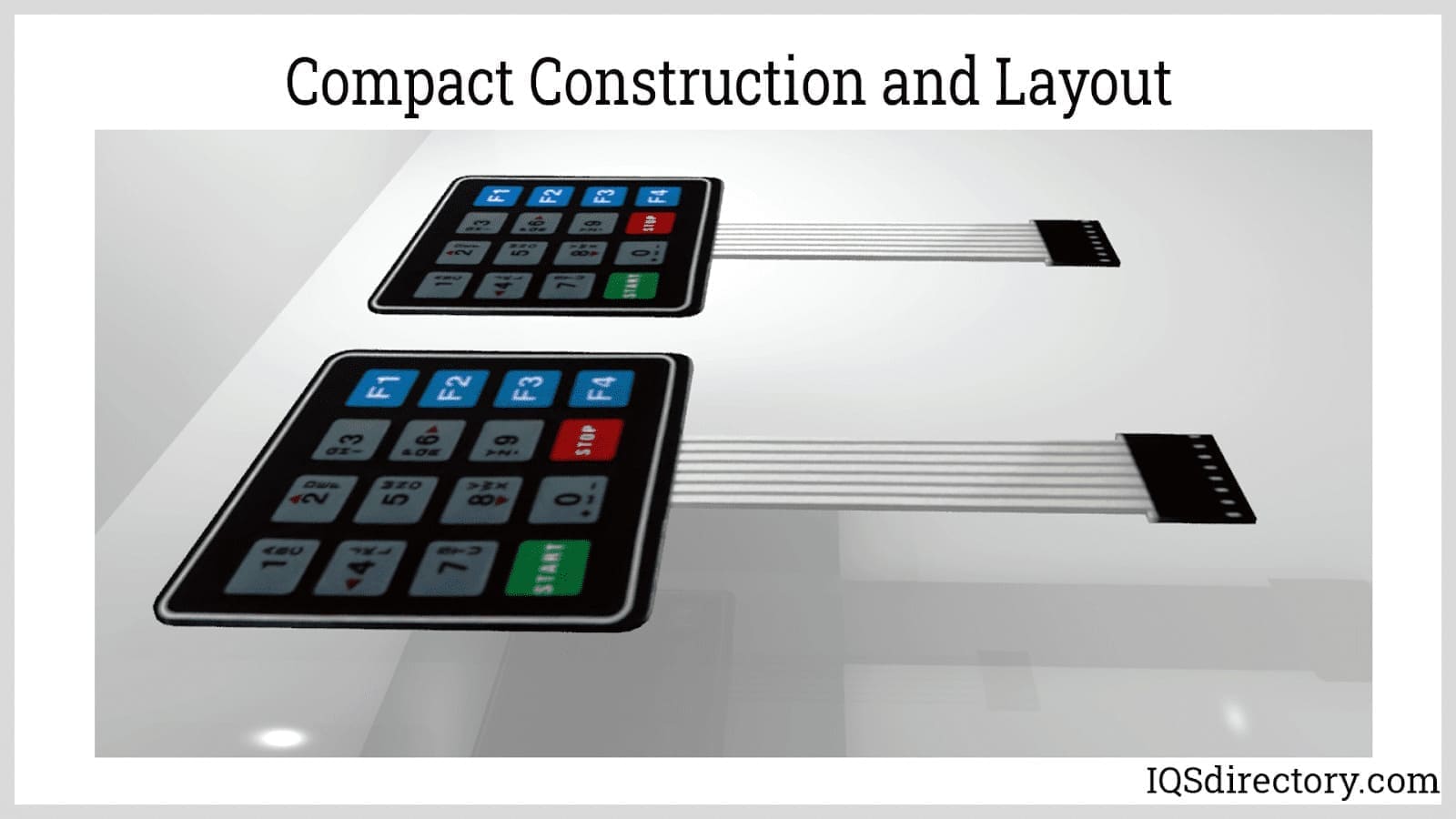Discover How a Membrane Switch Enhances Longevity and Capability in Tools
Discover How a Membrane Switch Enhances Longevity and Capability in Tools
Blog Article
Comprehending the Capability of Membrane Layer Switches for User User Interface Tools
The performance of membrane switches over stands for a significant innovation in user interface layout, combining effectiveness with visual adaptability. As markets significantly prioritize user experience, understanding the nuances of membrane button modern technology comes to be crucial.
What Are Membrane Switches?
Membrane switches are ingenious interface devices that help with user interaction with digital tools. These flexible parts include multiple layers, consisting of a visuals overlay, spacer, and a printed circuit layer. The design permits a seamless assimilation right into various digital tools, improving both the aesthetic and useful aspects of customer interfaces.
Membrane layer buttons are frequently employed in a vast variety of applications, from home home appliances to industrial machinery and medical gadgets. Their construction usually features a slim account, making them an ideal selection for compact layouts. The tactile feedback given by these buttons can be engineered to satisfy details individual choices, making sure effective interaction between the user and the gadget.
Resilience is an additional significant benefit of membrane buttons, as they are immune to dirt, moisture, and chemicals, which improves their lifespan sought after settings. Additionally, these switches can be tailored in terms of shape, dimension, and graphic style, permitting for branding and user-specific functions. Overall, membrane layer switches stand for a practical service for improving user experience in digital gadgets, incorporating performance with visual appeal in a reliable fashion.
How Membrane Layer Switches Over Work
Operating on an uncomplicated principle, membrane changes use a layered building to register user input properly. Each switch includes multiple layers, consisting of a published circuit layer, a spacer layer, and a top visuals layer, which are made to function with each other seamlessly. When a customer presses the leading layer, it presses the spacer layer, bringing the conductive components of the circuit layer right into contact with each various other.
This contact creates a closed circuit, indicating the device to execute a certain feature. The layout enables numerous arrangements, consisting of tactile comments, which can improve the customer experience by giving a physical experience upon activation. The products utilized in membrane switches frequently include adaptable substrates, such as polyester or polycarbonate, which ensure sturdiness and strength versus damage.

Key Advantages of Membrane Buttons

One more significant benefit is their compactness. Membrane buttons are slim and lightweight, which makes it possible for producers to conserve space in their tools without compromising capability. This feature is specifically helpful in applications where weight and volume are essential considerations.
In addition, membrane buttons are resistant to dirt, wetness, and chemicals, boosting their toughness. This resilience expands their life expectancy and decreases the demand for frequent replacements, causing cost savings gradually.
Moreover, the tactile responses provided by membrane layer switches can be maximized to enhance individual communication. They can include functions such as raised buttons or distinct clicks, improving usability and user experience.
Applications Across Industries
Interface gadgets making use of membrane layer switches prevail in a vast array of industries, showcasing their versatility and capability. Membrane Switch. In the medical you could try this out industry, membrane layer switches are important to tools such as diagnostic devices and individual surveillance systems, where their resilience and ease of cleansing are vital for keeping hygiene standards. In the automobile market, these buttons use this link are used in dashboard controls and infotainment systems, supplying a sleek and contemporary interface for customers.
In addition, the customer electronic devices market gain from membrane layer buttons in home appliances and handheld tools, where portable layout and straightforward user interfaces improve user experience. Industrial applications also leverage membrane layer changes for control panels in machinery and automation systems, emphasizing their robustness and resistance to rough atmospheres.
In the aerospace and defense sectors, membrane layer buttons are used in cockpit controls and tools, where dependability and performance under extreme problems are vital. Additionally, the gaming market progressively integrates membrane buttons in controllers and game devices, adding to an engaging customer experience. Generally, the flexibility of membrane switches over enables their prevalent use throughout countless markets, highlighting their importance in modern interface design.
Future Fads in Membrane Layer Change Technology

Additionally, using advanced materials, such as polycarbonate and polyester movies, is anticipated to increase, giving improved durability and resistance to environmental stressors. These products add to the total long life of membrane switches, making them appropriate for harsher industrial applications.
Additionally, the unification of clever technology, consisting of IoT connectivity, will allow membrane switches to connect with various other devices and systems, helping with an extra interactive user experience. This trend lines up with the expanding need for wise devices across numerous industries, from health care to customer electronic devices.
Finally, personalization choices are expected to broaden, permitting producers to produce bespoke services customized to particular individual demands and choices. These advancements will place membrane switches as website here important components in the evolution of user interface innovation.
Verdict
In verdict, membrane layer switches over stand for a critical innovation in customer interface innovation, providing a trusted and functional option for varied digital applications. Their split construction helps with small design, while attributes such as tactile responses enhance customer interaction. The longevity against environmental variables additionally solidifies their energy across several industries. As improvements in product science and touch picking up innovations continue, the capability and applicability of membrane layer buttons are anticipated to expand, strengthening their importance in contemporary digital devices.
Report this page